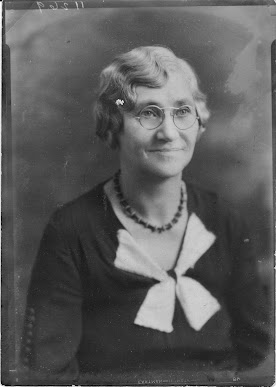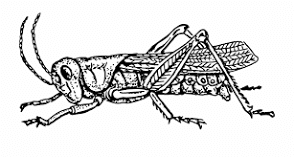The Neighbor's Brain Surgery
Mr. Editor, will you please give room in your paper to say a few words in regard to the serious accident that happened to our eight-year old son? So began an extraordinary “Card of Thanks” printed in the Coffeyville, Kansas Gate City Enterprise October 30, 1885. The Card of Thanks was a standard item in newspapers after the death of a loved one. The family would thank those who helped them in their time of bereavement. But this one was completely different. P.H. Heckert and his wife Sarah farmed in Fawn Creek Township just a few miles outside of Coffeyville. October 6th, little John Heckert was riding on a horse at the farm when he was suddenly thrown, landing in front of his mare. To use Mr. Heckert’s words, he was “struck above the left ear by the toe of one of her shoes, crushing in the skull so the brain oozed out.” Newspaper accounts of accidents were far more graphic and grisly than what we see today. It was common for newspapers to describe in detail the scat



